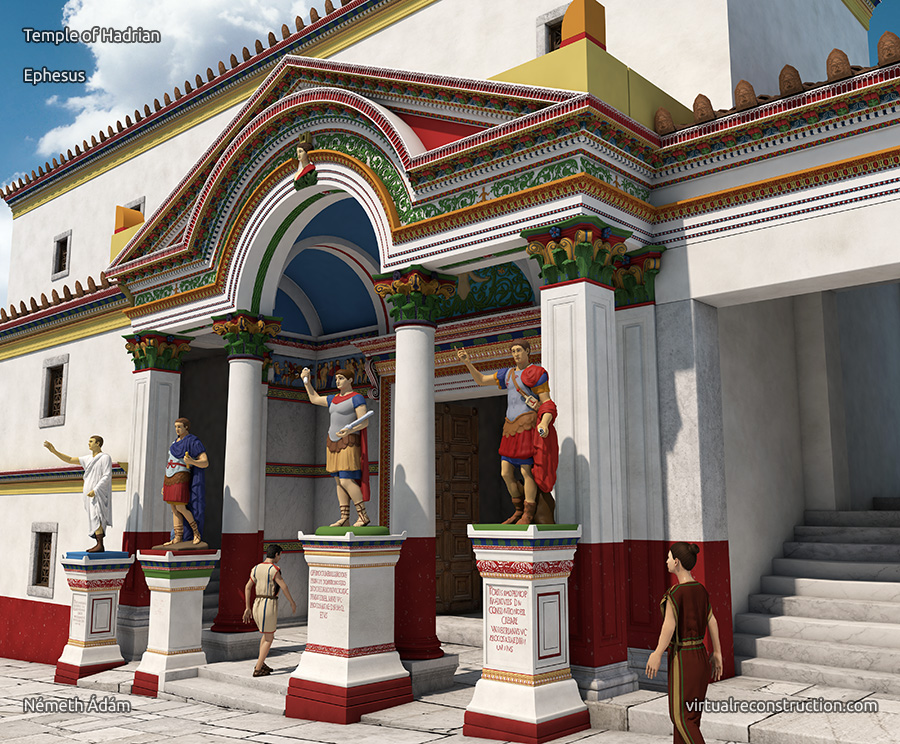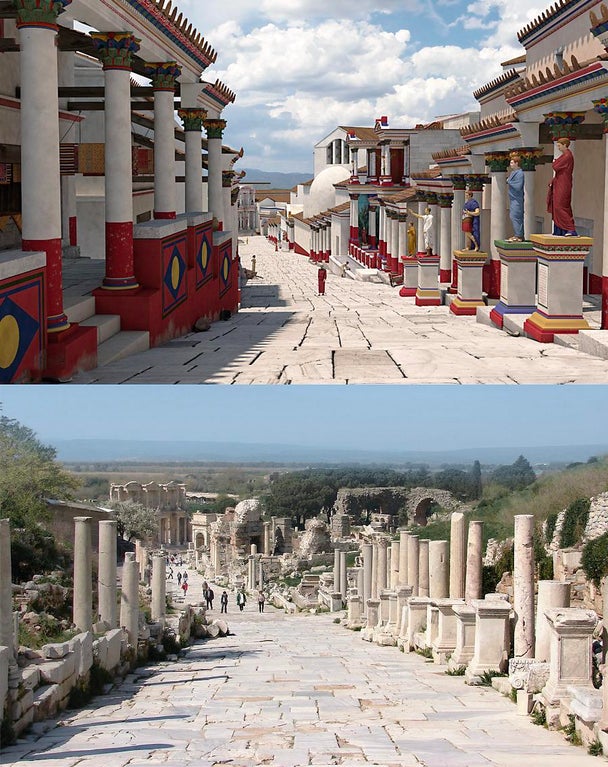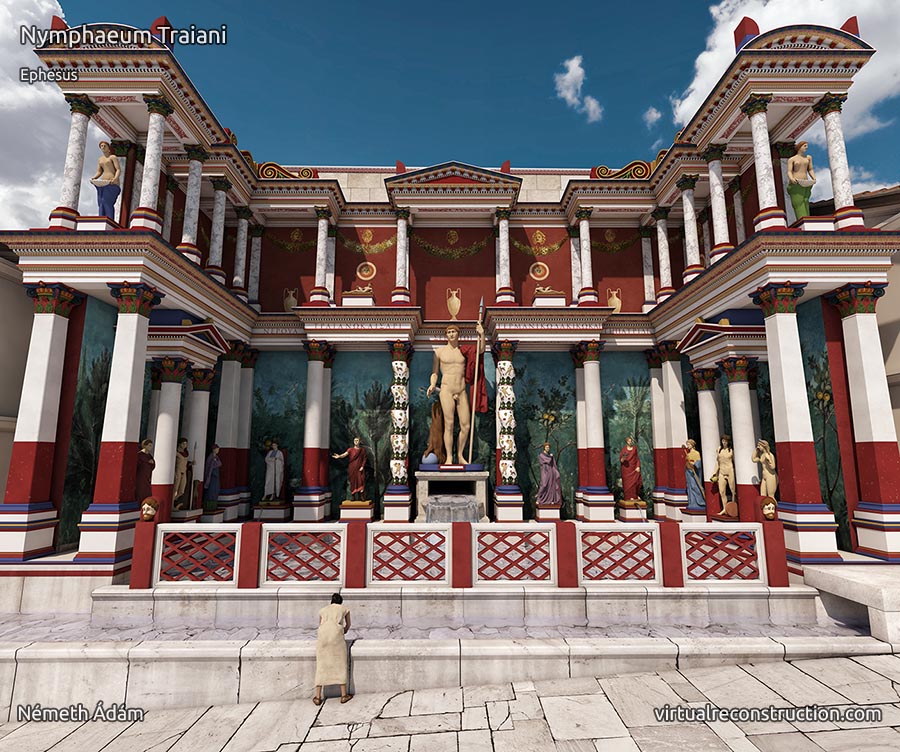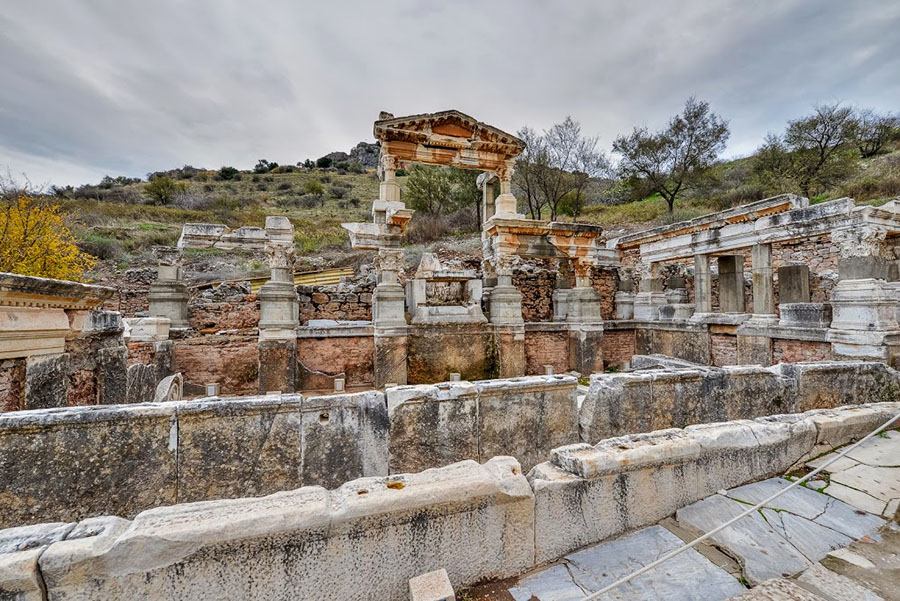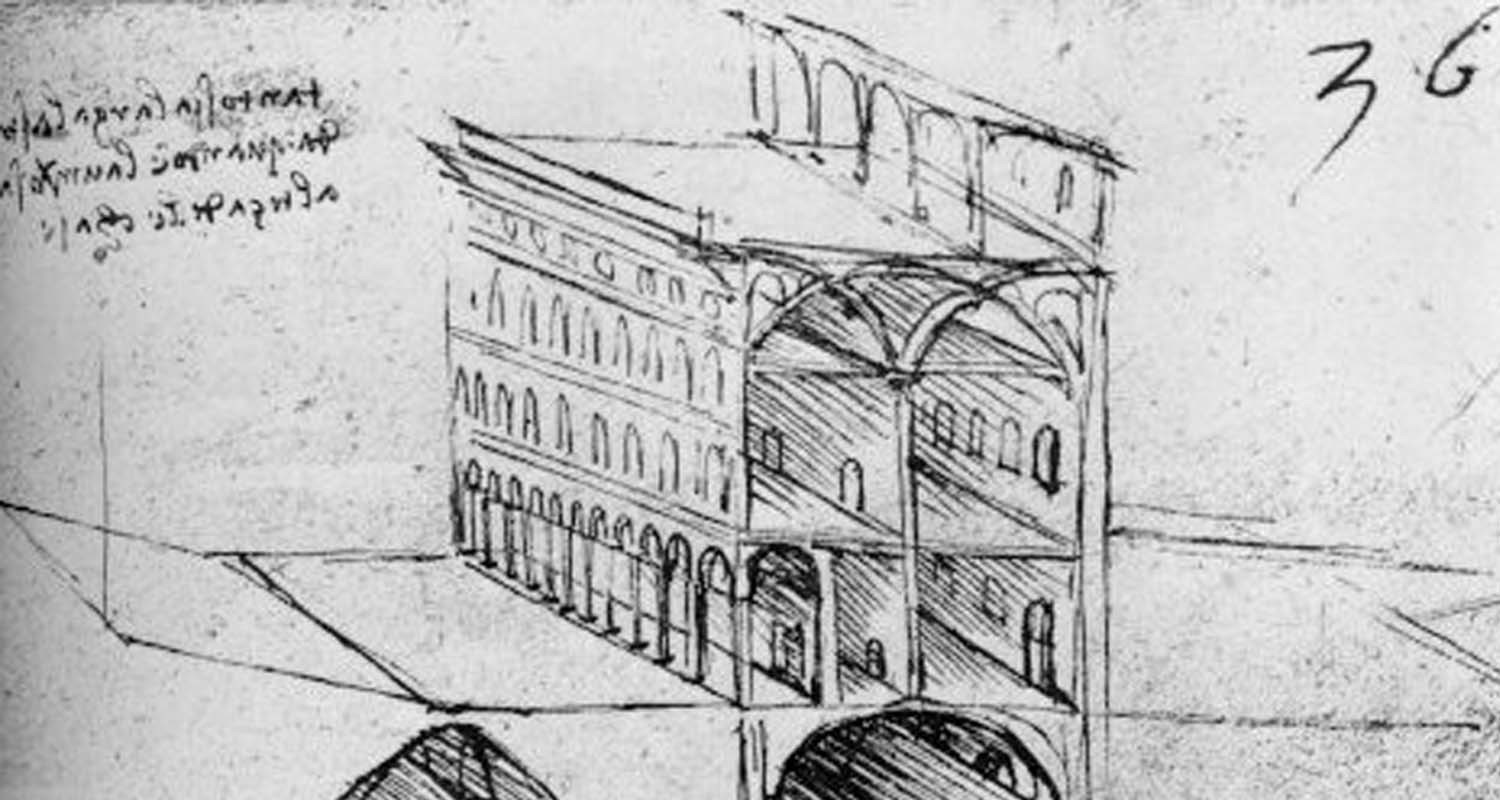Last year, when Turkish president Recep Tayyip Erdoğan announced that Hagia Sophia would be reconverted into a mosque, he assured a concerned UNESCO that changes to the 1,500-year-old former cathedral-turned-mosque would have “no negative impact” on its status as World Heritage Site. “A state must make sure that no modification undermines the outstanding universal value of a site listed on its territory,” the world body has said. Claims to the contrary notwithstanding, the “universal value” of the site does seem to have been undermined.
Designated a museum by the secular Turkish Republic in 1934, the site contains hundreds of years of history for both the Christian and Islamic worlds, and the shared heritage between them in the shifting mix of peoples who conquered, settled, and moved through the city first called Byzantium, then Constantinople, then Istanbul.
“The World Heritage site was at the centre of both the Christian Byzantine and Muslim Ottoman empires and is today one of Turkey’s most visited monuments,” Reuters noted last year.
The mosque is open to the public for prayers, and anyone can visit. What they’ll find — as you can see in this recent tour video — is ugly green carpeting covering the floor, and screens, panels, and plywood obscuring the Byzantine Christian art. (The same thing was done in the smaller Hagia Sophia in the city of Trabzon.) These changes are not only distressing for UNESCO, but also for lovers of art and history around the world, myself included, who had hoped to one day see the millennia-and-a-half of blended religious and aesthetic traditions for themselves.
It’s possible Turkish politics will allow Hagia Sophia to return to its status as a museum in the future, restoring its “universal value” for world history and culture. If not, we can still visit the space virtually — as it was until last year — in the 360 degree video views above, both of which allow you to look around in any direction as they play. You can also swivel around a spherical panoramic image at 360 cities.
The BBC video at the top narrates some of the significant features of the incredible building, once the largest church in the world, including its “colored marble from around the Roman Empire” and “10,000 square meters of gold mosaic.” Learn much more about Hagia Sophia history in the video above from Khan Academy’s executive directors (and former deans of art and history), Dr. Steven Zucker and Dr. Beth Harris.
Related Content:
An Introduction to Hagia Sophia: After 85 Years as a Museum, It’s Set to Become a Mosque Again
Hear the Sound of the Hagia Sophia Recreated in Authentic Byzantine Chant
Josh Jones is a writer and musician based in Durham, NC. Follow him at @jdmagness
